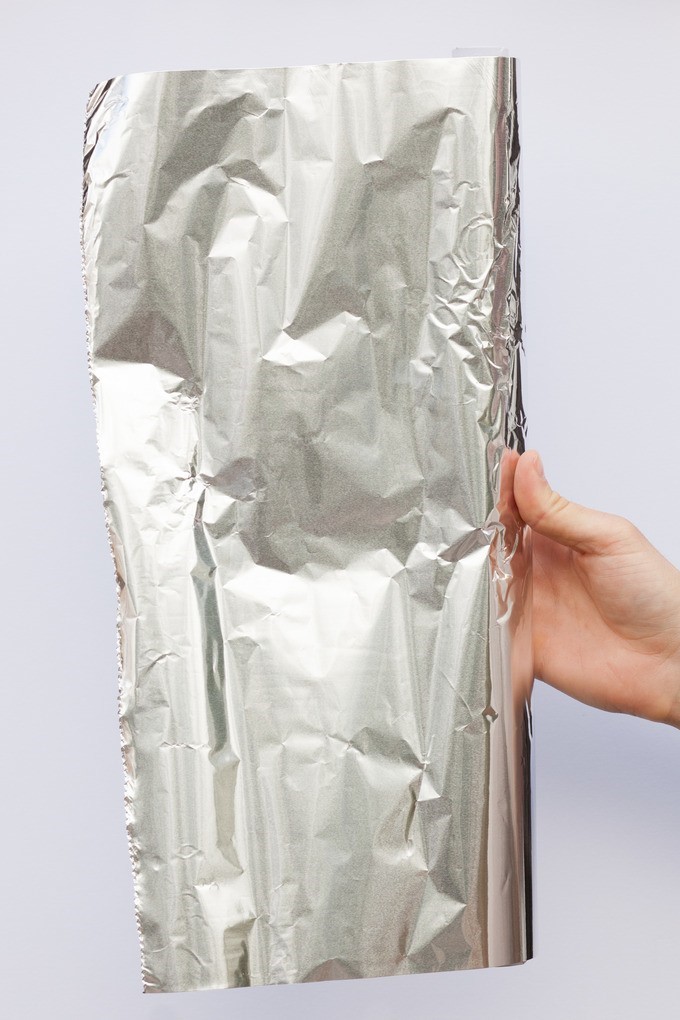44 Crystals and Band Theory
LumenLearning
Bonding in Metals: The Electron Sea Model
Metallic bonding may be described as the sharing of free electrons among a lattice of positively charged metal ions.
LEARNING OBJECTIVES
Describe the electron sea model of metallic bonding.
KEY TAKEAWAYS
Key Points
- Many of the unique properties of metals can be explained by metallic bonds.
- Metallic bonds can occur between different elements to form an alloy.
- In contrast to electrons that participate in both ionic and covalent bonds, electrons that participate in metallic bonds delocalize, forming a sea of electrons around the positive nuclei of metals. The availability of “free” electrons contributes to metals being excellent conductors.
Key Terms
- metallic bond: A chemical bond in which mobile electrons are shared over many nuclei; this leads to electrical conduction.
- electron sea: The body of delocalized electrons that surrounds positive metal ions in metallic bonds.
Metallic Bonding
Metallic bonding may be described as the sharing of free electrons among a lattice of positively charged metal ions. The structure of metallic bonds is very different from that of covalent and ionic bonds. While ionic bonds join metals to nonmetals, and covalent bonds join nonmetals to nonmetals, metallic bonds are responsible for the bonding between metal atoms.
In metallic bonds, the valence electrons from the s and p orbitals of the interacting metal atoms delocalize. That is to say, instead of orbiting their respective metal atoms, they form a “sea” of electrons that surrounds the positively charged atomic nuclei of the interacting metal ions. The electrons then move freely throughout the space between the atomic nuclei.

The characteristics of metallic bonds explain a number of the unique properties of metals:
- Metals are good conductors of electricity because the electrons in the electron sea are free to flow and carry electric current.
- Metals are ductile and malleable because local bonds can be easily broken and reformed.
- Metals are shiny. Light cannot penetrate their surface; the photons simply reflect off the metal surface. However, there is an upper limit to the frequency of light at which the photons are reflected.
Metallic bonds can occur between different elements, forming an alloy. Aluminum foil and copper wire are examples of metallic bonding in action.

Metallic bonds are mediated by strong attractive forces. This property contributes to the low volatility, high melting and boiling points, and high density of most metals. The group-XII metals zinc, cadmium, and mercury are exceptions to this rule.
LICENSES AND ATTRIBUTIONS
CC LICENSED CONTENT, SHARED PREVIOUSLY
- Curation and Revision. Provided by: Boundless.com. License: CC BY-SA: Attribution-ShareAlike
CC LICENSED CONTENT, SPECIFIC ATTRIBUTION
- Sea of electrons. Provided by: Wikipedia. Located at: http://en.wikipedia.org/wiki/Sea_of_electrons%23Strength_of_the_bond. License: CC BY-SA: Attribution-ShareAlike
- Sea of electrons. Provided by: Wikipedia. Located at: http://en.wikipedia.org/wiki/Sea_of_electrons. License: CC BY-SA: Attribution-ShareAlike
- General Chemistry/Metallic bonds. Provided by: Wikibooks. Located at: http://en.wikibooks.org/wiki/General_Chemistry/Metallic_bonds. License: CC BY-SA: Attribution-ShareAlike
- Boundless. Provided by: Boundless Learning. Located at: http://www.boundless.com//chemistry/definition/electron-sea. License: CC BY-SA: Attribution-ShareAlike
- metallic bond. Provided by: Wiktionary. Located at: http://en.wiktionary.org/wiki/metallic_bond. License: CC BY-SA: Attribution-ShareAlike
- 1024px-Nuvola_di_elettroni.svg.png. Provided by: Wikimedia. Located at: https://commons.wikimedia.org/wiki/File:Nuvola_di_elettroni.svg. License: Public Domain: No Known Copyright
- Aluminium foil. Provided by: Wikipedia. Located at: http://en.wikipedia.org/wiki/Aluminium_foil. License: Public Domain: No Known Copyright
This chapter is an adaptation of the chapter “Crystals and Band Theory” in Boundless Chemistry by LumenLearning and is licensed under a CC BY-SA 4.0 license.

